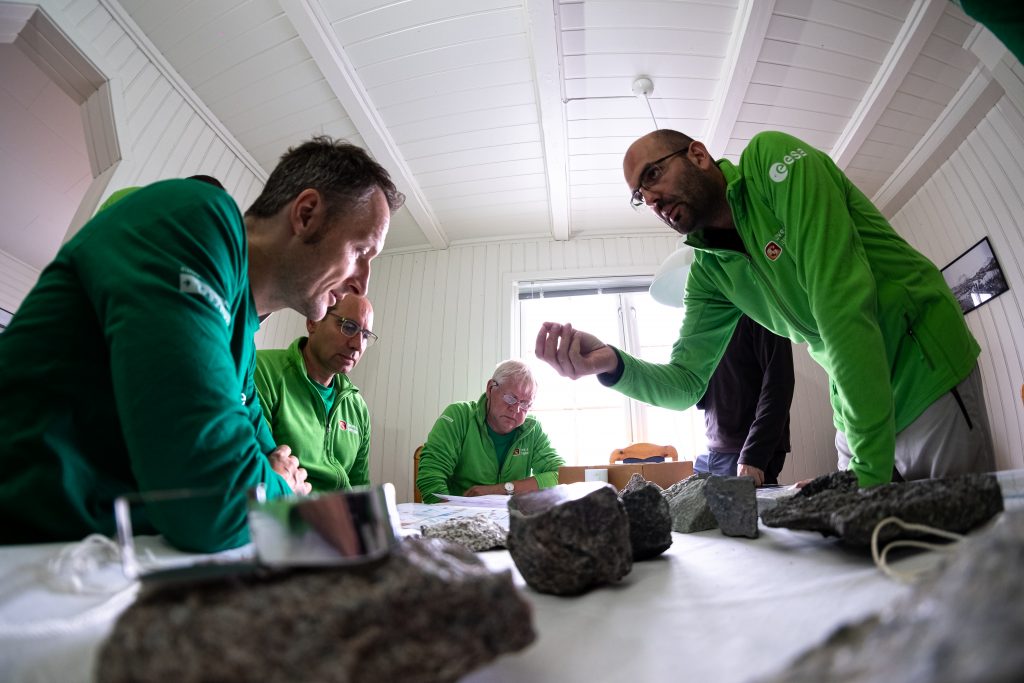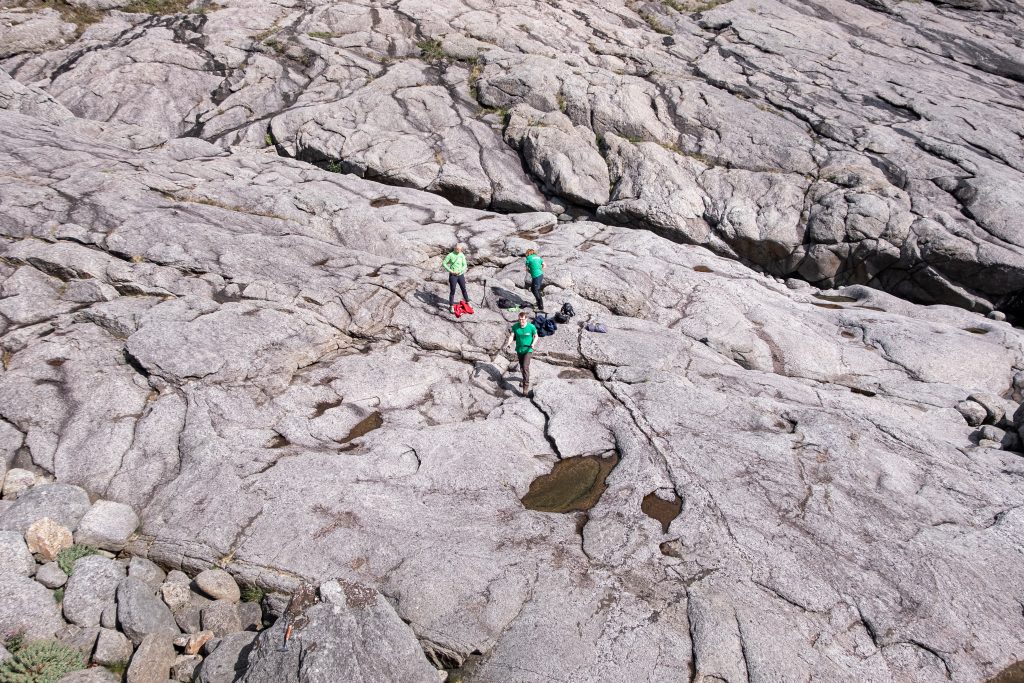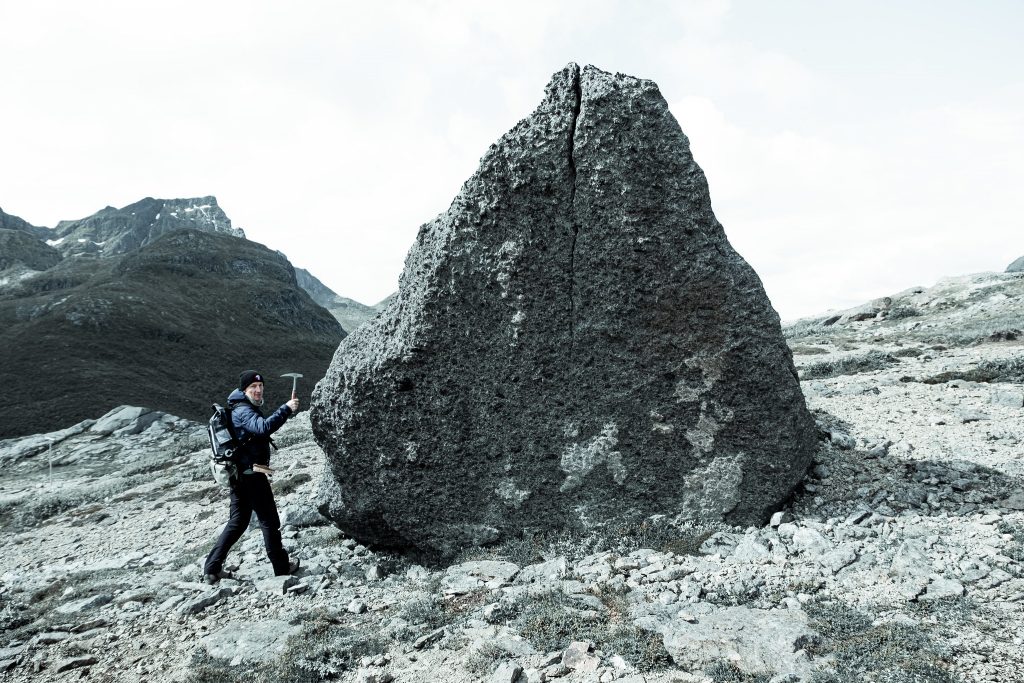The Moon is an inhospitable, unknown world. There is no atmosphere, nor anything alive on its surface. A dead celestial body, our satellite is also an open record of the last four billion years of our Solar System.
European planetary scientists are training astronauts to understand the geological treasures they might find carved on the lunar surface.
If you were to land on the Moon with ESA astronaut Matthias Maurer, he would be able to tell you just by looking at the rocks whether you were in a volcanic area, in the highlands or in the middle of a gigantic impact crater.
Matthias is already an advanced geology student thanks to ESA’s Pangaea geology field training that is preparing space farers for lunar exploration. He has spent a week refreshing his rock classification in Lofoten, Norway, as part of a dry run for new training expeditions.
“To know which stones to collect on the Moon, it is essential to go into the field and practise. I begin now to understand the big picture,” he says.
Lofoten is one of the few locations in the world to share many geological features with the lunar highlands, such as the heavily cratered highlands of the Apollo 16 landing, making this Arctic enclave a perfect site to train astronauts on lunar geology.
Pangaea instructors guided him to pick up the right samples and describe the geological history under his feet in the Nusfjord, an area containing primitive crust rock formations.
“I have never seen a landscape like this before. The areas with no vegetation easily resemble the Moon. The geology of this Norwegian fjord with dramatic mountains was more diverse than we imagined,” he explains.
His task was to identify lunar rock types, guess their origin and understand the history behind them. Anorthosites were among his targets. This lunar-like rock is known to be found in the bright, heavily cratered highlands of the Moon.
“It was not an easy task, but luckily the Lofoten is among the best places in the world to find anorthosites,” adds Matthias.
Matthias’ steps were closely followed with the help of the Electronic Field Book, an all-in-one tool that recorded all his moves and linked the samples to places thanks to geolocation. The instructors knew exactly where the astronaut was in real-time, and every interaction with the science team was stored in the system.
What’s next
This dry run will be followed by a new Pangaea expeditions in the future. In the meantime, Matthias packed up the “lunar treasures” to have a closer look at the rocks together with planetary geologists at the University of Padova, Italy.
Some of the samples have already a new home on Earth. “I brought small magnetite samples for our future Luna facility at the European Astronaut Centre in Cologne, Germany, to provide realistic samples for our lunar simulations,” explains Matthias.
This rock addict wants to learn more to decode the Moon’s mysteries. “The geological history of the Moon can also give us unprecedented insight into the history of our own planet,” he says.




Discussion: no comments